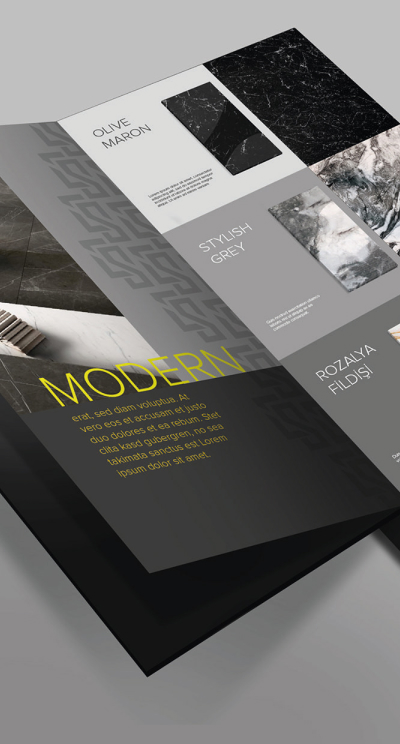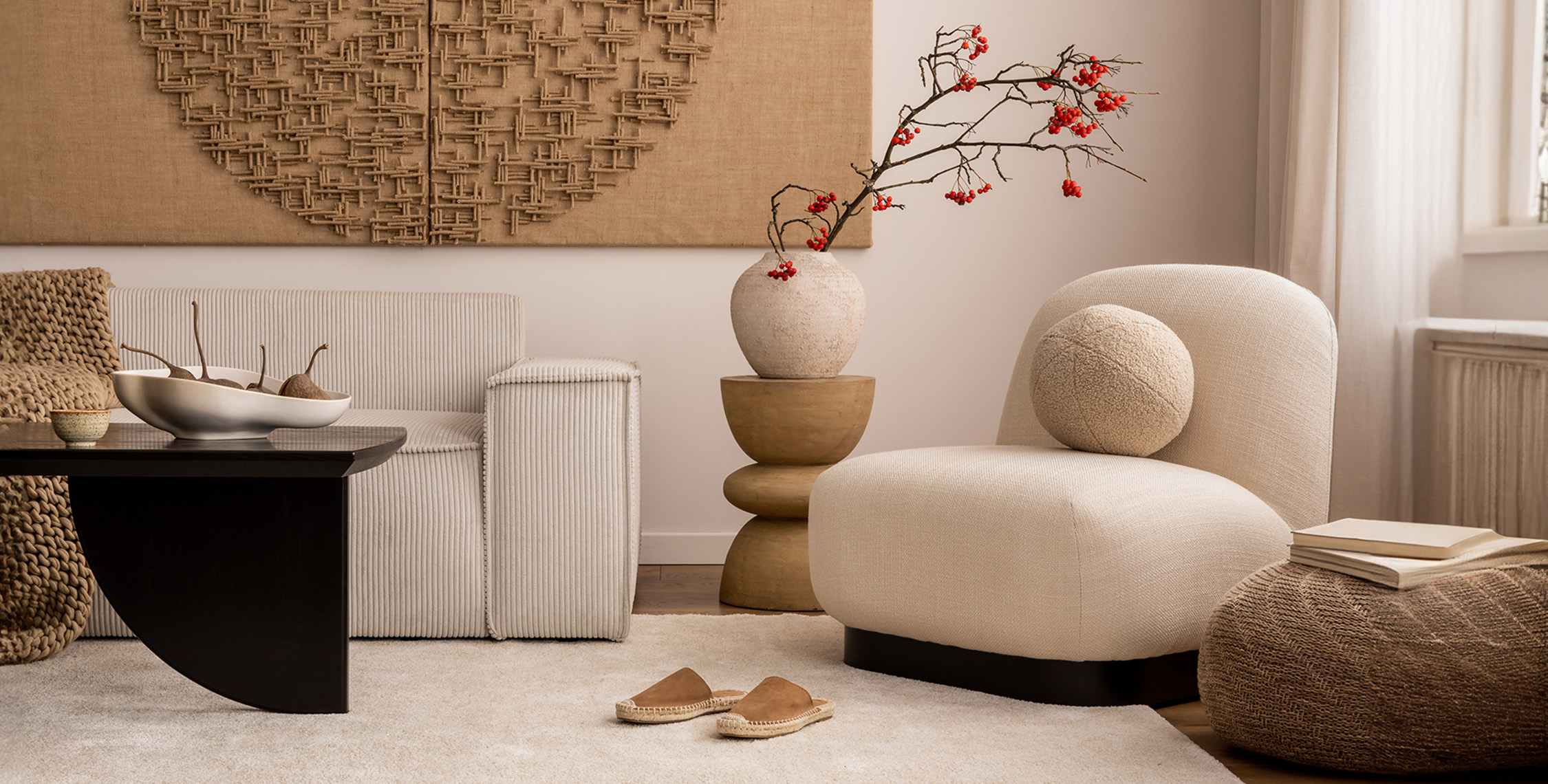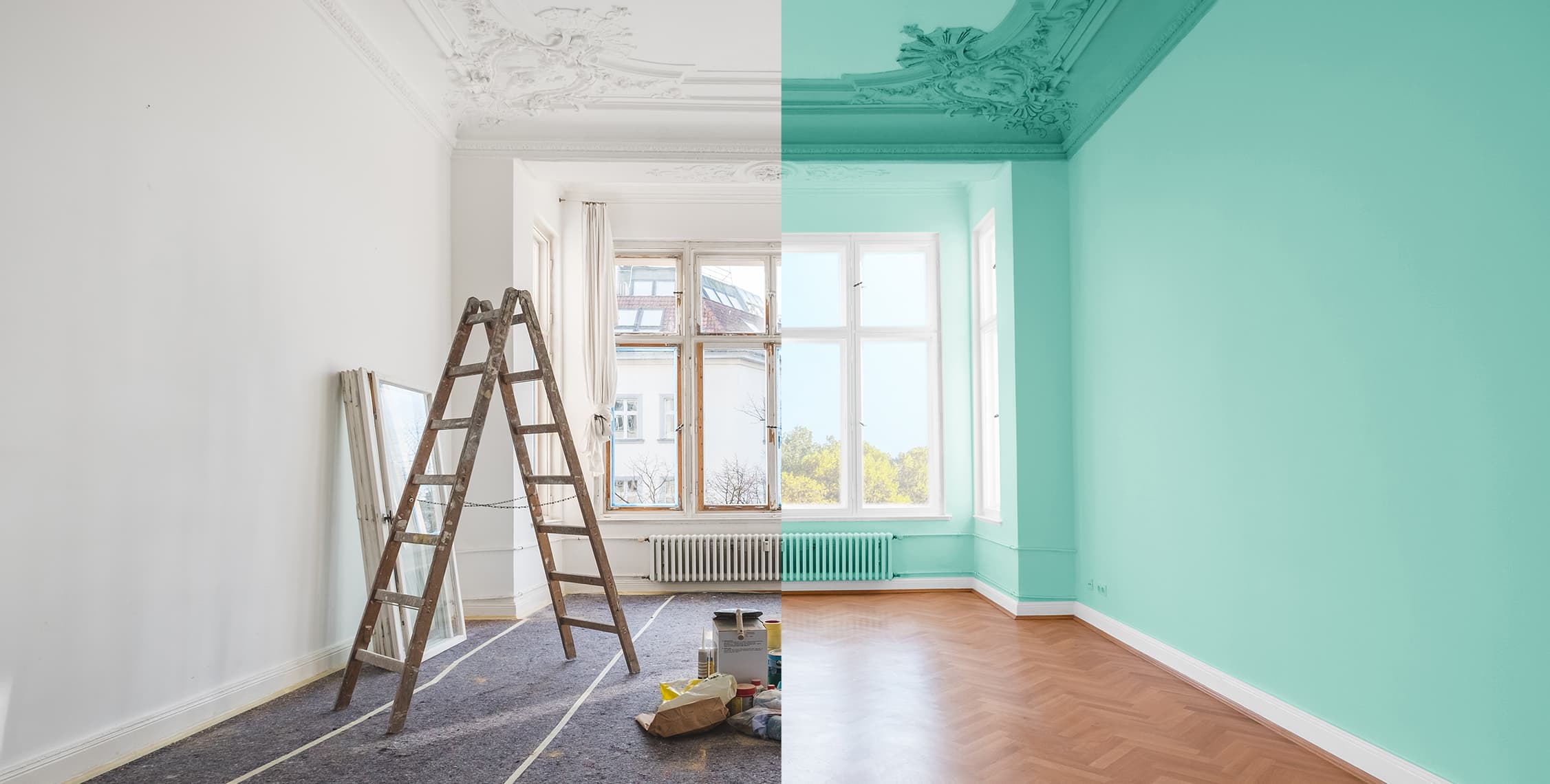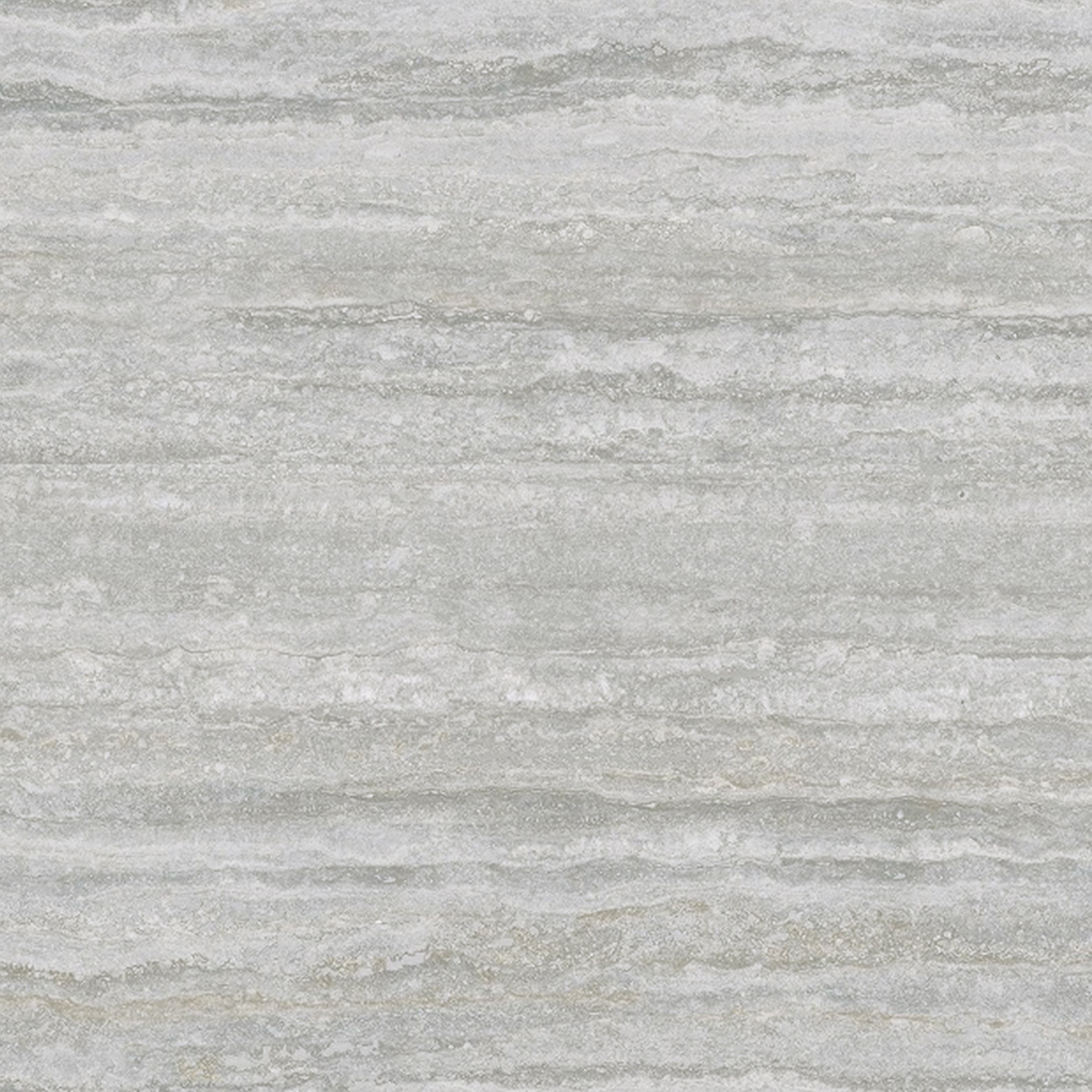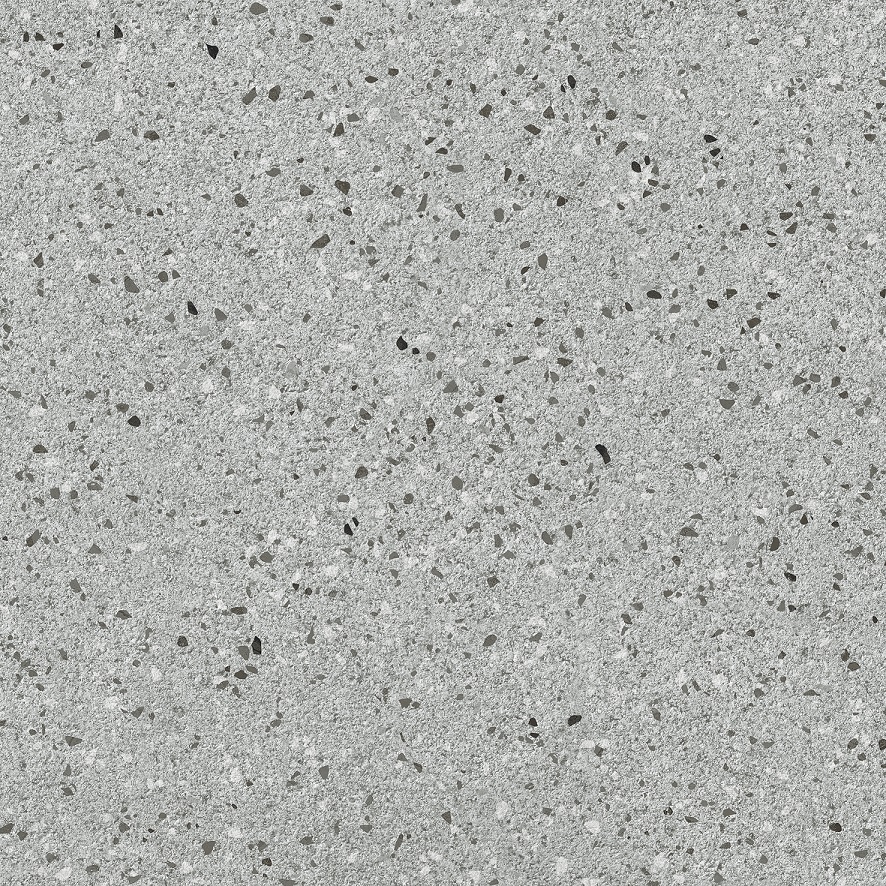
The Japandi style has become a popular interior design trend due to its ability to create a harmonious and serene space. This concept was born from the fusion of functional Scandinavian design philosophy with the simple and meaningful aesthetics of Japan. Its main characteristic lies in the creation of a space that exudes high aesthetic value.
The Japandi home concept emphasizes the balance between form and function, where every element is designed with a clear and understated purpose. This design approach results in a residential environment that is calming, well-organized, and radiates timeless beauty through natural materials and a neutral color palette.
Key Characteristics of the Japandi Style
1. Application of Minimalist Principles
The Japandi style emphasizes minimalist principles that are not only visible visually but also in terms of functionality. Every element present in the room has a clear purpose and use, thus avoiding the presence of objects that are purely decorative. Furniture is designed with simple lines and geometric shapes.
This design approach aims to create a space that is orderly, spacious, and calm. Nevertheless, this minimalistic impression is still enriched by the insertion of distinctive elements, such as sliding panels or shoji elements that not only serve a practical function but also present a distinctive aesthetic value with a traditional feel.
2. Utilization of Natural Light
In the Japandi philosophy, natural light is seen as a fundamental design component. Sunlight entering the room through strategically placed window openings plays a role in creating a dynamic of light and shadow that is alive throughout the day, while also warming the atmosphere in a minimalist Japandi home.
This natural light source is considered the most capable of displaying the authenticity of material textures, such as wood grain or weaving, thereby enhancing the quality of visual perception of the space. At night, artificial lighting is used wisely by choosing lamps with a warm nuance and low intensity to maintain a calm atmosphere.
3. Domination of Neutral Colors
The main characteristic that defines the Japandi aesthetic is the use of a neutral color palette inspired directly by natural elements. Colors such as white, cream, beige, light gray, and various shades of earthy brown are chosen to dominate the room's color scheme. The selection of these colors is based on their ability to create a calm, peaceful, and stable impression.
Neutral colors act as a neutral canvas, allowing the textures of natural materials and the shapes of furniture to become the main aesthetic focus. The combination of these various neutral shades, when applied to walls, floors, and furnishings, results in a visual composition that is harmonious, sophisticated, and very calming.
4. Selection of Furniture with Minimalist Design
Furniture selection in the Japandi style is a blend of Scandinavian functional principles and Japanese design spirituality. Furniture is characterized by its concise, proportional design, and prioritizes user comfort. The lines tend to be straight and firm, but are often softened by the presence of gentle curves or organic shapes that mimic nature.
The main material used is wood with a natural finish to show its original texture. This minimalist furniture design is an important element in the Japandi home concept, as it aims to create an impression of a space that is uncluttered, easy to maintain, and allows each piece of furniture to stand out as an independent aesthetic work.
Japandi Styles
1. Natural Japandi
The Natural Aesthetic Japandi style fully brings forth an organic and natural impression into the living space. Its main characteristic is the dominant use of wood materials in light to medium colors, such as oak, teak, or young walnut. This wood material is not only applied to furniture such as tables, chairs, and cabinets, but also to architectural elements like wall panels, floors, or ceilings.
In the Japandi home concept, this combination of natural elements serves to bring a balance between warmth and simplicity. To create a soft and calming nuance, these wood materials are usually combined with a neutral color palette on complementary elements, such as cream, beige, and light gray on curtain fabrics, sofa upholstery, and wall paint.
2. Modern Japandi
The Contemporary Aesthetic Japandi offers a deeper and stronger character interpretation without sidelining the principle of simplicity. This style often features striking contrasts through the use of dark and deep colors, such as jet black, charcoal gray, or navy blue, which are applied to walls or main furnishings.
To add a refined and special nuanced touch, materials such as marble with its distinctive veins and metal accents in old gold or brass colors are applied selectively and measuredly, for example, on door handles, table legs, or lamp accents. The aesthetic of this style lies in the balance between the strong impression of dark colors and the warmth of medium to dark colored wood elements.
3. Classic Japandi
The Classic Japandi variant presents a new dimension by inserting decorative details that are more dynamic yet still controlled. Unlike the generally very minimalist Japandi style, this classic style allows for ornaments such as molding or panels on walls, curves on furniture legs, and the use of subtle geometric or floral motifs on pillows or carpets.
In the Japandi home concept, this classic variant stands out because it is able to blend traditional elegance with modern simplicity. Pastel colors like sage green, light blue, or lavender are often used to create a soft and charming impression. This combination results in a room with a classic aesthetic that is warm and not excessive.
4. Industrial Japandi
The Industrial Aesthetic Japandi is a unique blend of industrial roughness and typical Japandi warmth. This style carries a firm, bold, and simple character, which is evident from the use of "raw" and exposed materials. Elements such as rusted or matte black finished iron, exposed pipes, concrete, and unplastered bricks are its hallmarks.
However, to balance this hard impression, furniture made from wood with medium to dark colors and natural textures is present as a counterweight. The chosen furniture also prioritizes function and space efficiency, such as an iron-legged table with a wooden top or a compact hanging rack. The aesthetic value of this style lies in the harmonious contrast between the strength of industrial materials and the softness and warmth of wood materials.
Overall, the Japandi home concept presents an aesthetic blend of Japanese simplicity and Scandinavian functionality, resulting in a living space that feels aesthetic, orderly, and comfortable. This style highlights minimalist principles with functional furnishings, natural lighting that enhances the beauty of materials, and a dominance of neutral colors that create a calm atmosphere.
Its decorative approach is simple yet meaningful, adhering to the wabi-sabi philosophy which appreciates beauty in simplicity. To complete the Japandi-style interior look, you can choose Meliuz Eclipse Cream granite which presents a soft cream color, is easy to combine with natural elements, and has the advantage of easy installation, making it an aesthetic solution for your home.
Product Popular

SUPREME CREAM
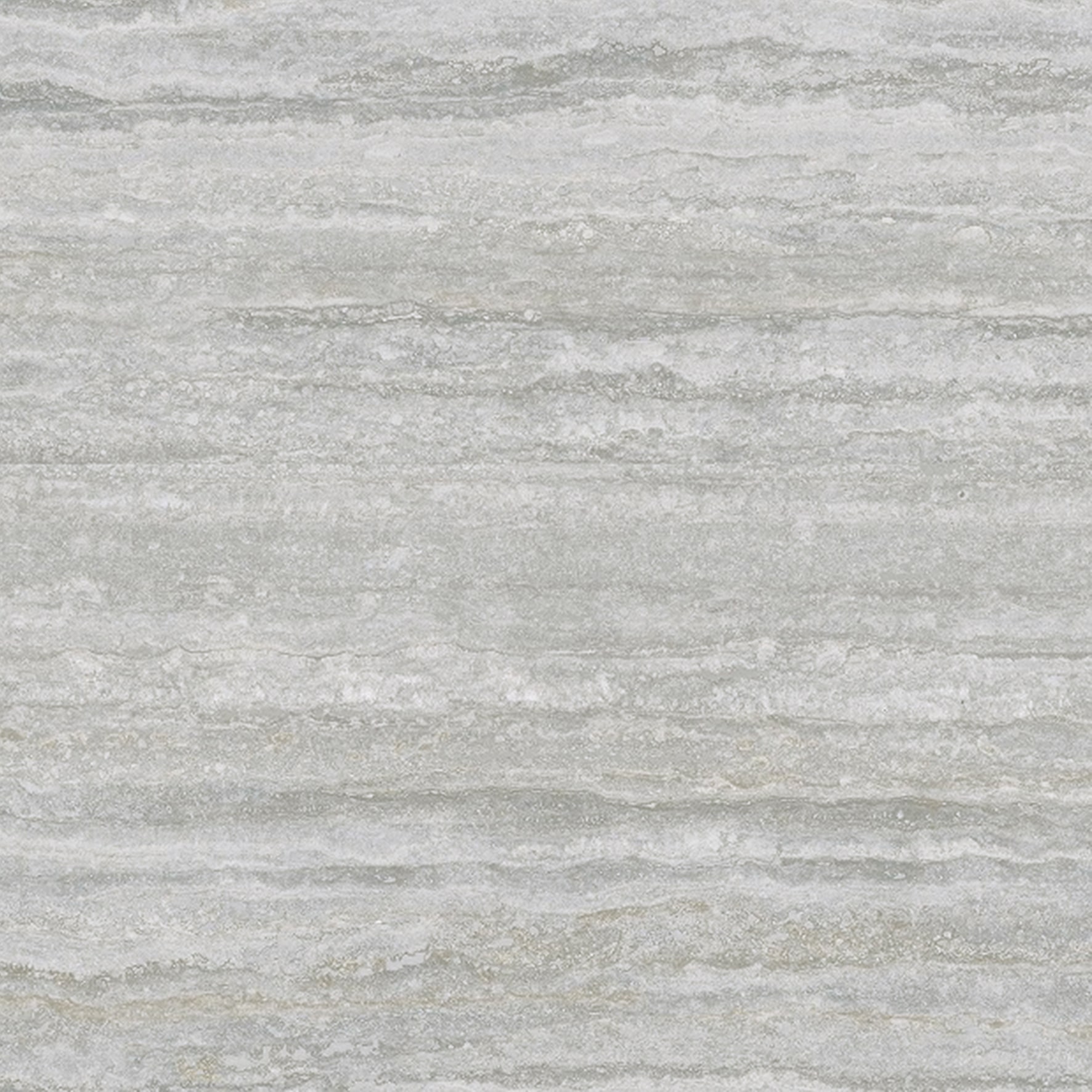
AEGRINE GREY
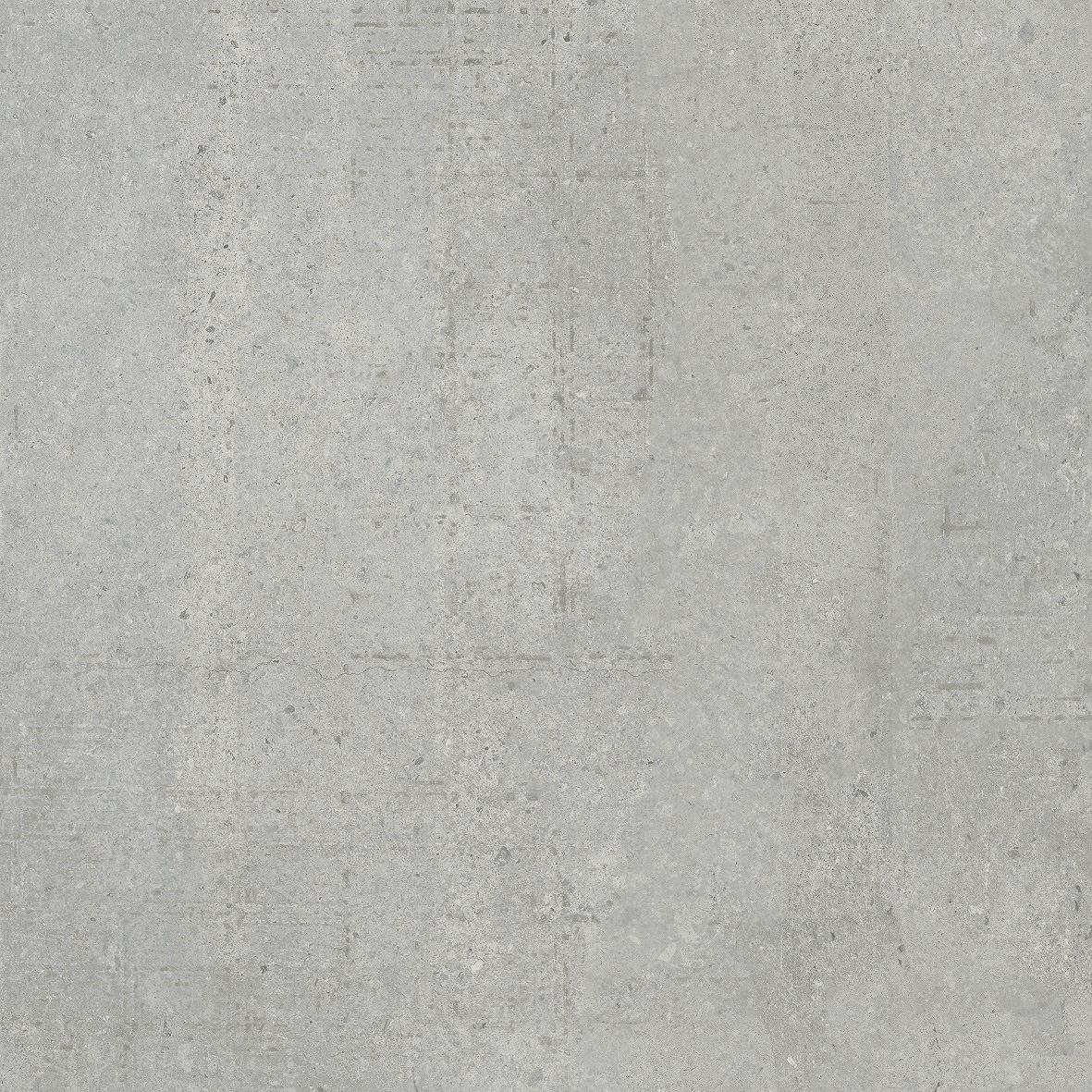
PASSO GREY

TERRASTONE GRIGIO
